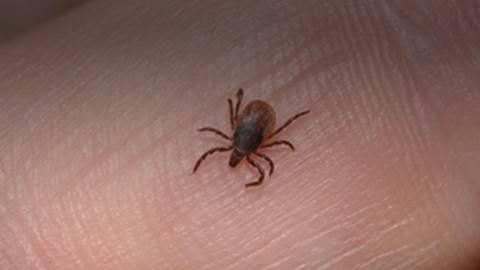Infections from tickborne diseases in the US are steadily increasing — and new tickborne diseases have been discovered in recent years. Ticks are vectors that can carry infectious agents such as bacteria, viruses, or parasites. When an infected tick bites a person or an animal, the tick’s saliva transmits infectious agents that can cause illness. Some ticks can transmit multiple diseases. These “co-infections” pose challenges for diagnosing, treating and preventing tickborne diseases.
The geographic ranges of ticks also are expanding. Ticks differ in their tolerance to heat, cold and aridity, making certain tick species more common than others in any given location in the United States. Different species transmit different diseases and this leads to differences in incidence of tickborne diseases by geographic region in the US.
In this session of Grand Rounds Nation from CDC's Public Health Grand Rounds, experts discuss emerging tickborne diseases, treatment options, prevention strategies, and advances in diagnosing tickborne diseases.

Facebook Comments